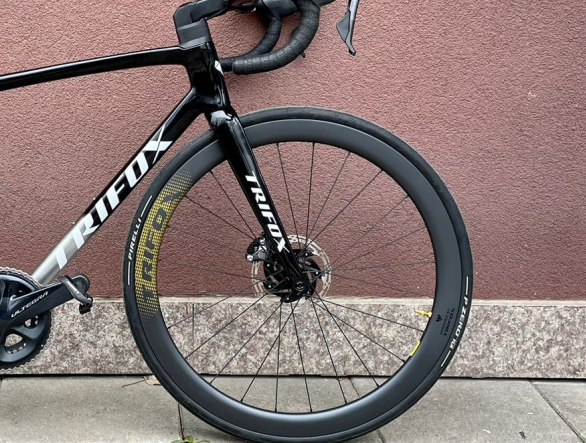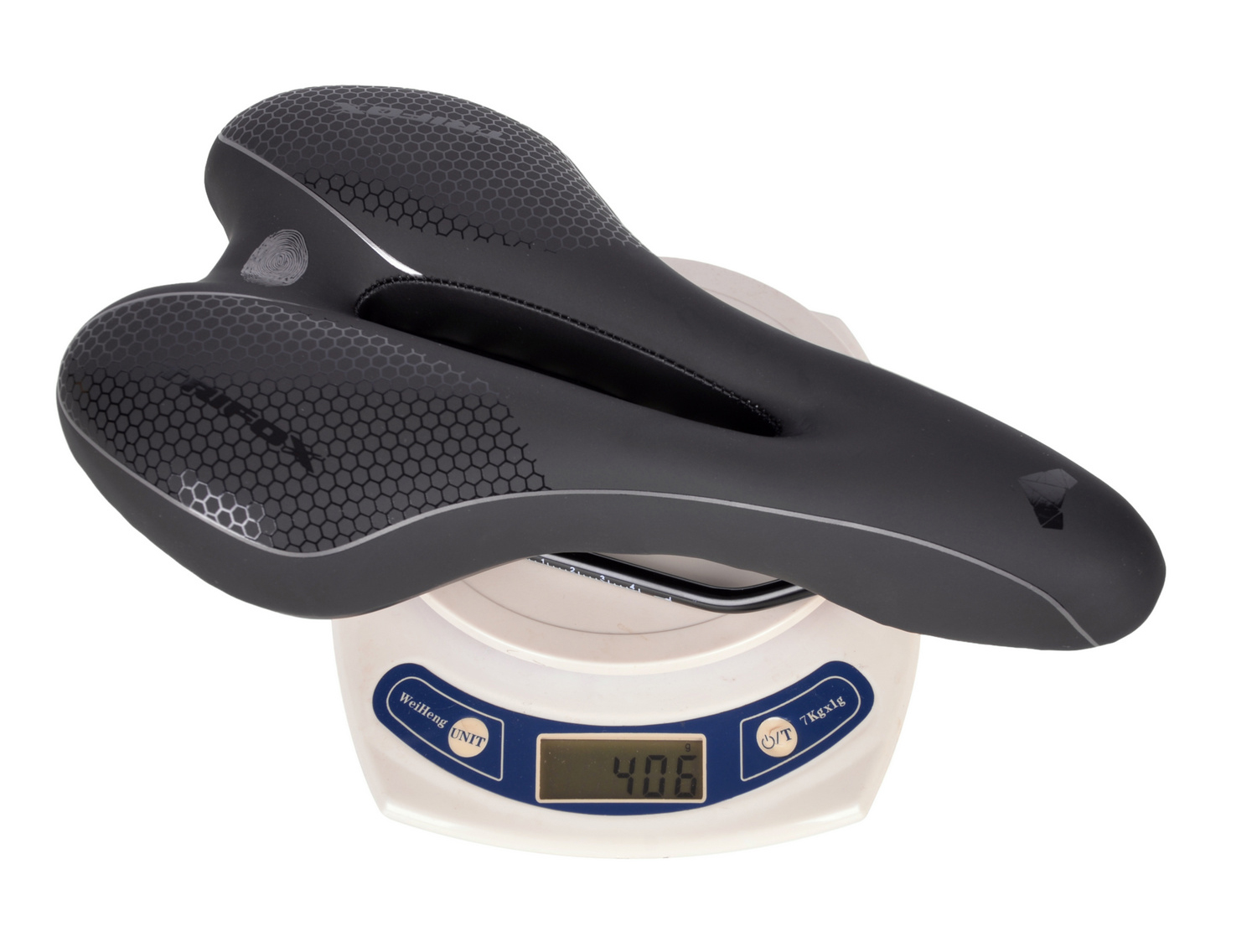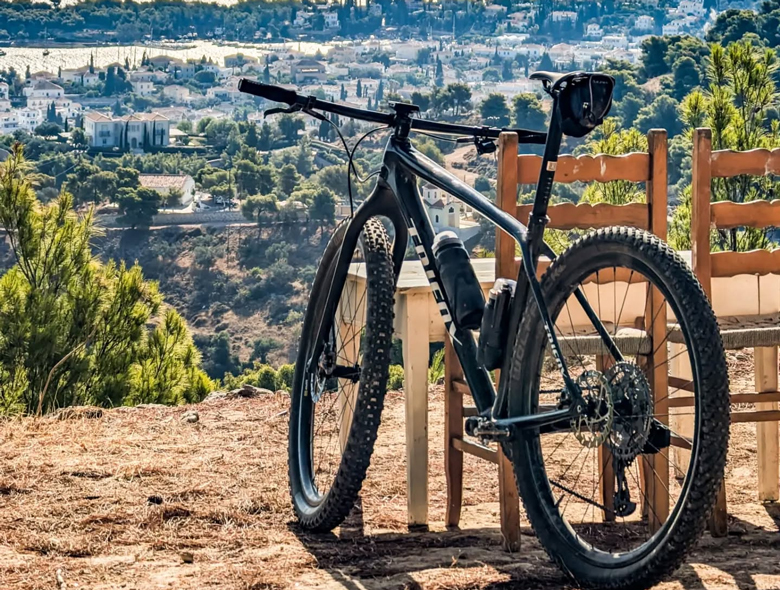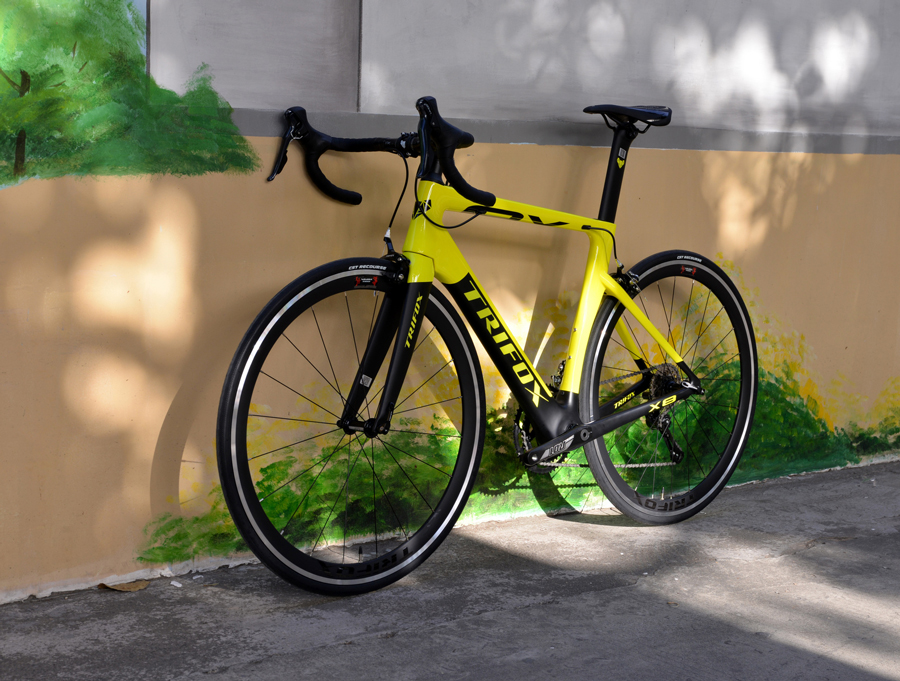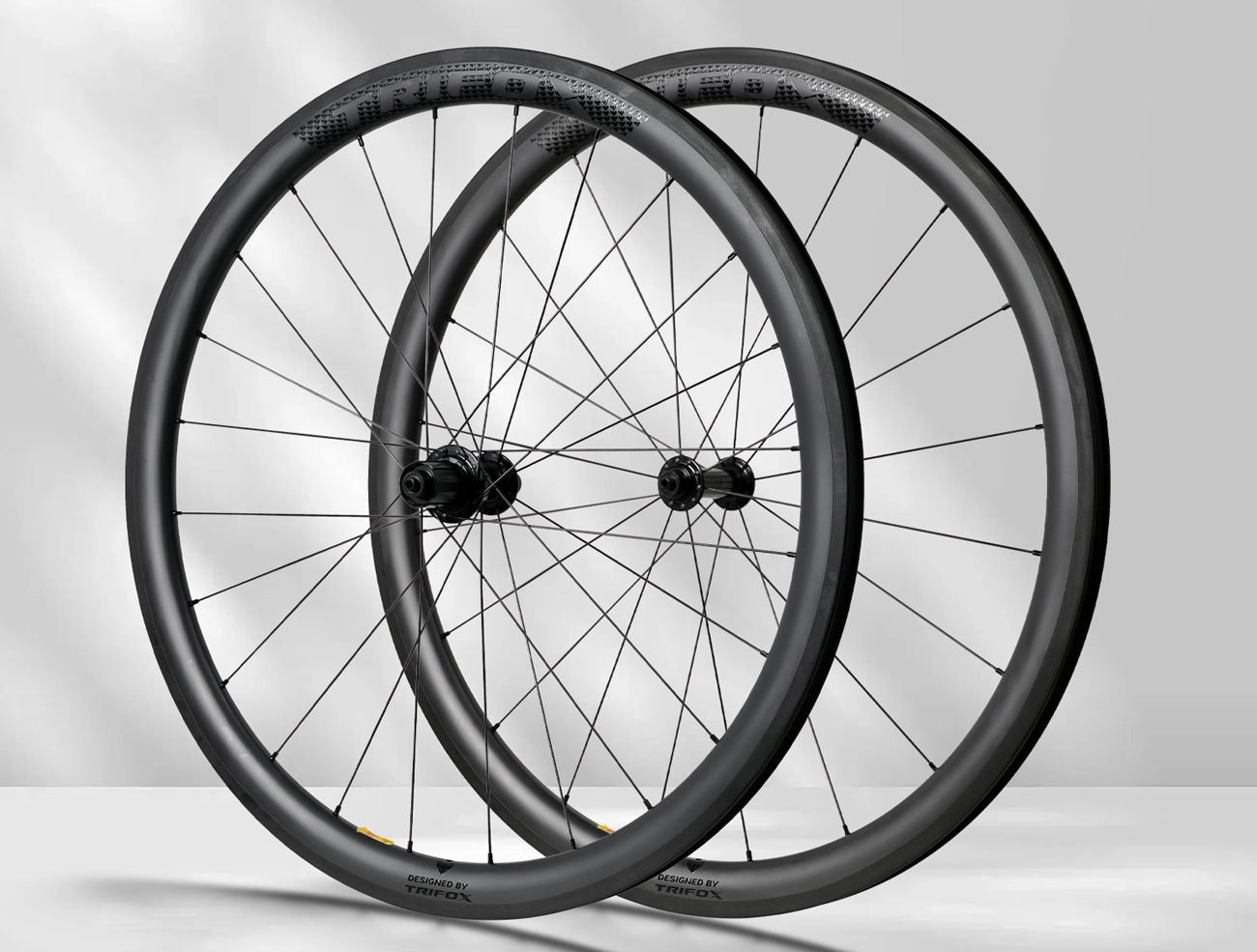Choosing the right wheel size is crucial for optimizing your cycling experience, whether you’re an avid road cyclist, a mountain biker, or a commuter. The wheel size impacts your bike's handling, comfort, and performance. Here’s how to pick the right wheel size to meet your specific cycling needs.
First, identify your riding style and terrain. Road cyclists typically use 700c wheels, which offer a good balance of speed and stability on paved surfaces. These wheels have a larger diameter, allowing for smoother rolling over long distances.
If you're into mountain biking, you might choose between 26-inch, 27.5-inch (650b), and 29-inch wheels. Each size has its benefits: 26-inch wheels are nimble and responsive, 27.5-inch wheels offer a mix of agility and rollover capability, while 29-inch wheels provide better traction and roll over obstacles more easily.
Next, consider your height and frame size. Taller riders often feel more comfortable with larger wheels like 700c or 29-inch, as they better match their proportions. Smaller riders may prefer 650c or 27.5-inch wheels for better maneuverability and control. Ensure that your bike frame is designed to accommodate the wheel size you choose, as this affects the bike’s geometry and overall ride quality.
Think about the type of riding you do most frequently. If you commute or prefer leisure rides on smooth roads, 700c wheels are usually ideal. For mixed-terrain or adventure riding, 650b wheels provide versatility with wider tire options for added grip and comfort. Mountain bikers who enjoy technical trails might favor the agility of 27.5-inch wheels, while those tackling rough, cross-country trails might opt for the stability of 29-inch wheels.
Evaluate the availability of tires and components for your chosen wheel size. Some sizes, like 700c and 29-inch, have a broader range of tire options, making it easier to find replacements or upgrade your setup. Make sure the wheel size you choose offers the flexibility you need for your riding style.
Finally, test ride bikes with different wheel sizes if possible. Personal preference plays a significant role in how comfortable and confident you feel on a bike. Trying out various sizes can help you determine which wheel size provides the best fit for your needs.
In conclusion, picking the right wheel size involves considering your riding style, terrain, height, frame compatibility, and personal preference. By taking these factors into account, you can select a wheel size that enhances your cycling experience and meets your specific needs.
